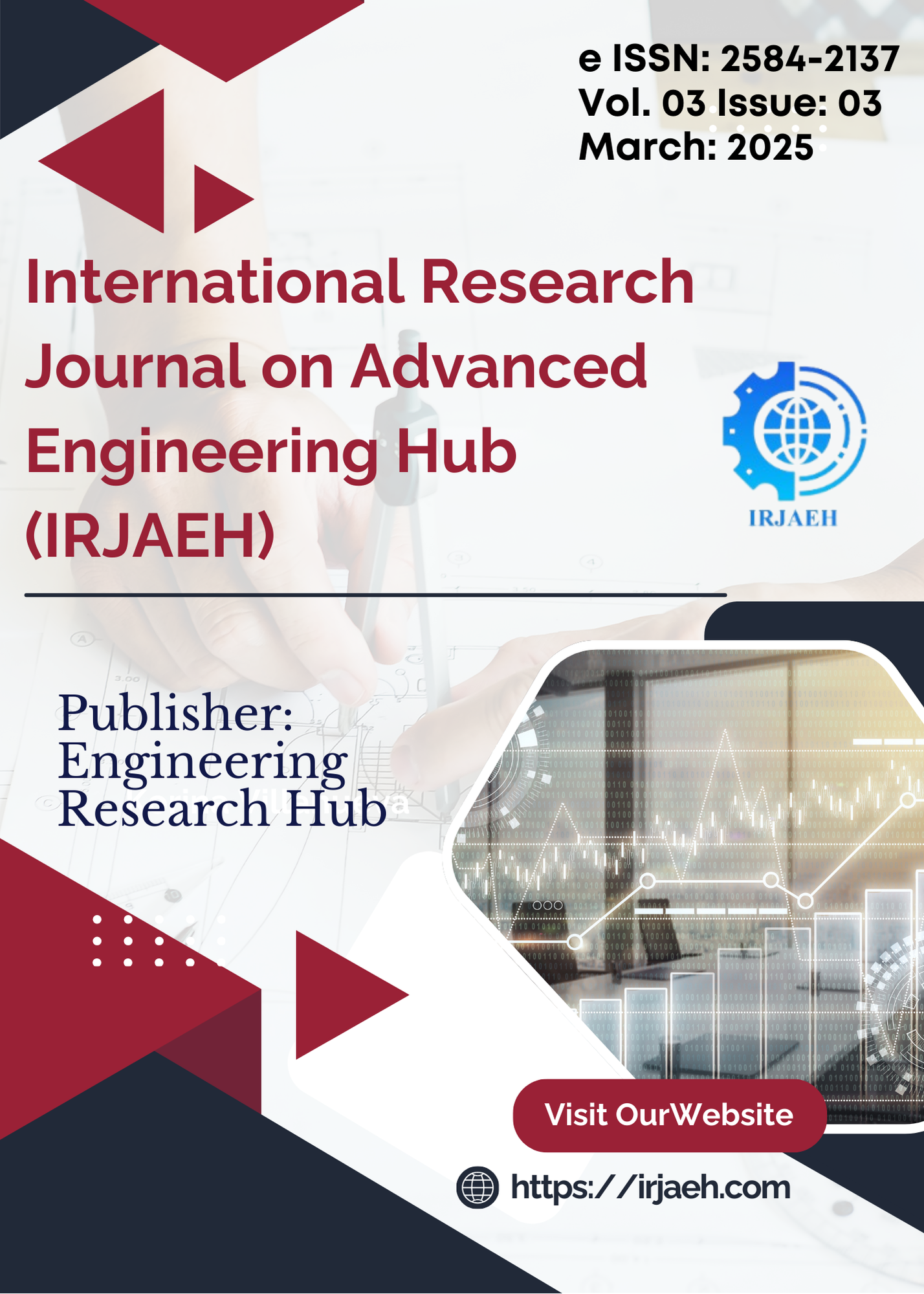Occupational Health and Safety in Wastewater Treatment: Preventing Chemical Hazards
DOI:
https://doi.org/10.47392/IRJAEH.2025.0145Keywords:
Gas Ventilation and Detection Systems, PPE and Training Improvements, Enhancement of Safety Practices, Existing Chemical Safety Provisions, Risk Evaluation, Chemical Hazard CharacterizationAbstract
WWTPs play a crucial role in protecting the public health and the environment through water and wastewater treatment. However, people working at these facilities have several exposures to occupational health and safety risks, particularly chemical hazards stemming from the heavy use of chlorine, sulfur dioxide, and sodium hydroxide. Though these chemicals are essential to the treatment steps, when not managed properly, they can be detrimental to health. This project forms part of efforts to eliminate or at least minimize chemical hazards in WWTPs through preventive approaches, risk evaluation, and safer work procedures. The project’s objectives include: (1) Chemical hazard characterization in WWTPs, (2) Appraisal of existing chemical safety provisions, and (3) Formulation of effective practices aimed at preventing chemical incidents. Initially, through a hazard evaluation, the investigator will identify chemicals used during Disinfection, Coagulation, and pH Adjustment processes as well as possible inhalation, skin contact, and ingestion exposure pathways. The effectiveness of existing measures including PPE provision, room ventilation, and containment of spills will also be evaluated. Chemical manipulation practices, PPE training, gas ventilation and detection systems, and safety audit provisions will be enhanced based on the analysis.
Downloads
Downloads
Published
Issue
Section
License
Copyright (c) 2025 International Research Journal on Advanced Engineering Hub (IRJAEH)

This work is licensed under a Creative Commons Attribution-NonCommercial 4.0 International License.

 .
. 